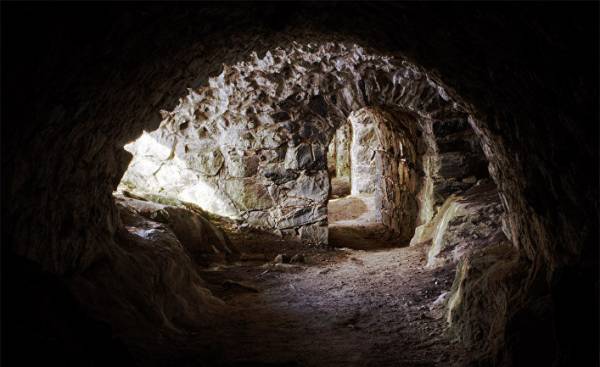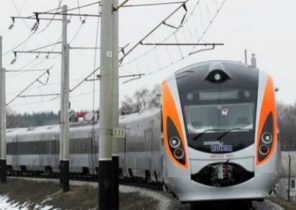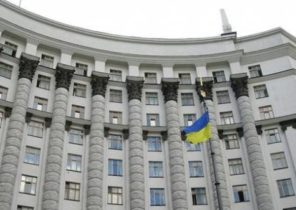
Underground city near Helsinki — the most important line of defense of the capital. Finnish soldiers regularly train. According to the exercise scenario, it is necessary to help the government of Finland to evacuate and provide shelter to residents in the underground communications system, which represents about 200 kilometers of tunnels, passages and bunkers.
Over the last decade a big part of the underground system was adapted for defense purposes. At the entrance there are blast doors. The transitions are designed in such a way that specialized units were able to detain the enemy penetrated here. Subway tunnels and tunnel communications provide communication, water and wireless Internet. There is enough space to protect more than 600 thousand inhabitants of the city in the event of war or catastrophe.
Underground utilities that must be used for the purposes of defence, are in Helsinki for a long time. Now, however, the Finns increase the level of preparedness: in September, Russia will conduct military exercises “Zapad-2017” — the largest military exercises since the end of the cold war.
“Soldiers want to make sure that we will be able to use the underground system if they suddenly come to us and want to fight,” said a former employee of the Ministry of defence of Finland.
War games Russia will be held near the borders of Finland. NATO, in turn, increases its presence in the Baltic States, which are on the other side of the Gulf of Finland. Finland is part of the European Union but is not a member of NATO.
The exercise will involve thousands of Russian soldiers and Finns fear that “the West-2017” may serve as a cover for the start of the military aggression.
“We are not so much interested in what will happen during the exercise, as that will happen later. We want to make sure that the troops really will leave,” said Limnell Jarno (Jarno Limnell), a Finnish expert on cybersecurity and military Affairs.
The basics of the Finnish strategic defense was formed during a three-month war against the Soviet Union in the winter of 1939-1940. In record low temperature, small groups of Finnish military skiers in winter camouflage destroyed in the forests of the approaching soldiers of the red army. The Finns gave the Soviet Union 10% of their territory, but were able to maintain their independence.
This experience is still the basis of the strategy of the Finnish defense. Special attention is paid to the survival and luring the enemy into unknown terrain. Now, after a period of cold war, the main theater of war moved into the tunnels.
In March, Finland conducted a military exercise on the new realistic scenario: government building are taken under control by foreign special purpose units. Draws a parallel with Russian military units in Crimea seized important government facilities, after which the Crimean Peninsula was annexed to Russia.
Part of the exercise took place in the underground labyrinths of Helsinki. A network of tunnels connect shopping malls, subway tunnels, car parks, tunnels of water and power. Part of the tunnels associated with the underground system, which is used only by the military, and goes to the island, which is a military unit responsible for the defense of Helsinki.
Most of the underground Helsinki can be used for both military and peaceful purposes. Some of the tunnels secret. Helsinki residents go shopping in the underground malls, swim in the pools, attend an underground Church. Pool under the trade center for a few hours can be converted into a shelter for 3.8 thousand people.
“If you build something under the ground, the area must be such that some days it could alter in the center of defense,” says Ilkka, Wahaha (Ilkka Vahaaho), fellow of the real estate Department of Helsinki. In these centres with water and electricity, some have a ventilation system that is able to hold radioactive particles.
The confrontation between Russia and the West pushed Finland to reassessment of defence policy, although experts from the government believe that Russia is unlikely to invade Finland in the Crimean scenario. Finland in June agreed with NATO protocols in accordance with which Finland may ask other countries, including NATO members, for military assistance in the event of an invasion of a foreign state.
“These steps help Finland to integrate with the security system of the West, not to join NATO. This is a fundamental change for the country,” — said independent analyst on defense makel, Petri (Petri Makela).
In exercises, including, and under the earth, involved military and civilian organizations, including employees and physicians who work out possible actions in the event of a crisis. Representatives of the Finnish government believe that such a system of civil-military exercises, provides training in matters of national defense to all levels of civil society.
This means that the worst case scenario will prepare the entire population of Finland, said Kuusela Janne (Janne Kuusela), head of Department of the Ministry of defence of Finland.
“The tunnel system refers to the lessons of the Second world war. We must do everything possible to ensure the basic conditions for life even in case of large-scale bombing, he said. — That’s why you need these tunnels.”
Senior Finnish officials claim that the country is faced with non-military threats from Russia: cyber attacks, information exposure, political and economic pressure — with so-called “hybrid war”.
Official representatives from Finland have recorded an orchestrated campaign of Pro-Russian non-governmental organizations, actions in social networks and cyber attacks, the aim of which was to influence the internal politics of the country. Moscow denies allegations of attempts to influence the politics of other countries. President Vladimir Putin denies that Russia is behind hacking attacks.
Finland declares that faced with the activity of Pro-Russian activists, propaganda and political pressure on the Finnish politicians have since the cold war.
This year 10 countries of NATO and the EU have agreed to open a research center that focuses on issues of a hybrid war. The center should open in Helsinki in September.
“When Western European countries started to talk about hybrid war and the ways of dealing with it, we realized that doing it for many decades,” said Kuusela.







